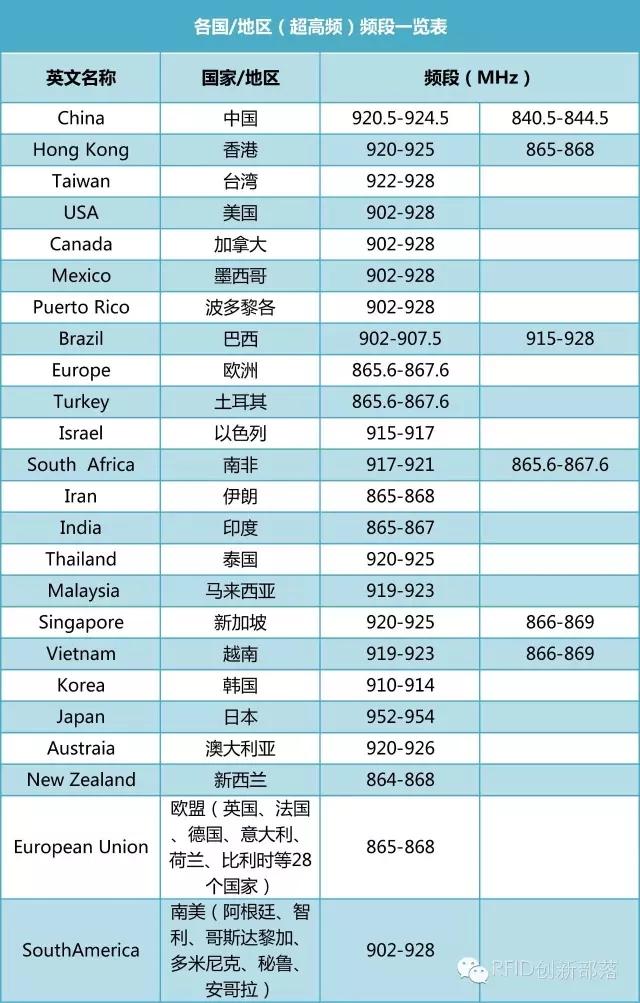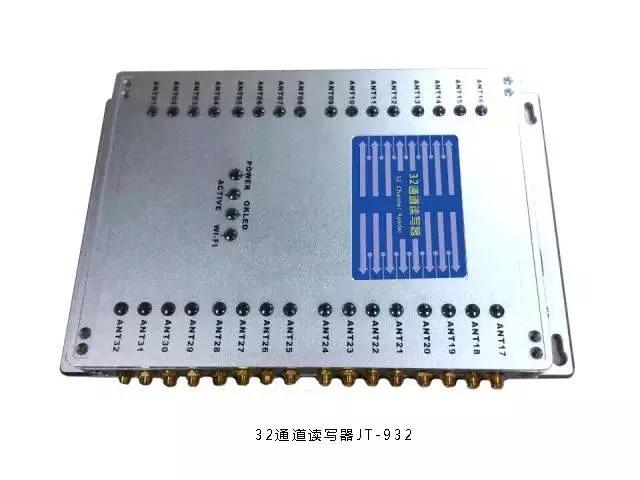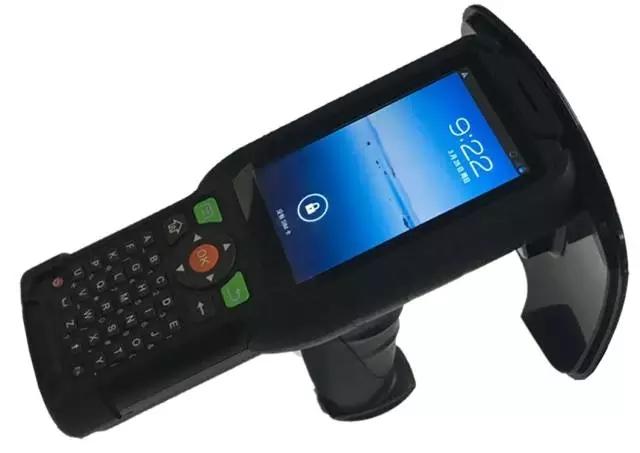Forging is a manufacturing process involving the shaping of metal using localized compressive forces. The blows are delivered with a hammer (often a power hammer) or a die. Forging is often classified according to the temperature at which it is performed: cold forging (a type of cold working), warm forging, or hot forging (a type of hot working). For the latter two, the metal is heated, usually in a forge. Forged parts can range in weight from less than a kilogram to hundreds of metric tons. Forging has been done by smiths for millennia; the traditional products were kitchenware, hardware, hand tools, edged weapons, and jewellery. Since the Industrial Revolution, forged parts are widely used in mechanisms and machines wherever a component requires high strength; such forgings usually require further processing (such as machining) to achieve a finished part. Today, forging is a major worldwide industry
Main particulars
MAIN PARTICULARS
Material for product
Brass, steel, Iron, SS, Aluminum
Standard
ASTM, ASME, DIN, JIS, ISO, BS, API, EN
Certificate
ISO9001, BV
Dimension
As per drawing, as large as we can
Processing
Forging+blasting+Machining
Finishing surface
Machined surface with tectyl891, blasting and painting(Hempel, Inter, Sigma, Jotun), anodize, polishing
Marking
as per clients` requirements
Inspection
material, construction, dimension, heat treatment, hardness, NDT
Quality
ISO9001, BV, PPAP control production
CMM, digital projector, Rockwell hardness tester, hydraulic pressure
Lead time
5 days for sample, consult with customer for mass production
Delivery
Express for sample, ocean shipping/air for mass production
Our Capabilities
CNC Machining, CNC center machining, drilling, milling, turning, grinding, tapping, forging, stamping
Engineering&manufacturing services
R&D process, tooling and gauging design, product design
Integrated CAD/CAM system, test and measuring
Others
Recyclable, in line with environmental requirements and standards, and reliable
Forging is a kind of pressure of forging machinery for metal blank, make its produce plastic deformation in order to obtain certain mechanical properties, a certain shape and size of forging processing method, forging, forging and stamping) of one of the two part. By forging can eliminate the metal smelting process of as-cast loose defects, such as optimizing the microstructure, at the same time because of the intact metal flow, forging generally better than that of the same material on the mechanical properties of the castings. Related mechanical load is high, the working conditions of severe important parts, in addition to a simpler shape rolling plate, profile or welding parts are available, use forging more.
Forging Parts,Aluminum Forging,Brass Forging,Stainless Steel Forging Parts Shinvast Industry Ltd , http://www.shinvastindustry.com
When purchasing a read-write device, in addition to understanding the reader's requirements for the deployed RFID system, it is also necessary to understand the characteristics of the reader. According to their position in the supply chain, and the purpose and location of the installation of RFID readers to determine the reader model. Choosing the right reader to play a key role in the successful implementation of other tasks. If readers choose a reasonable purchase strategy, they can achieve a multiplier effect.
RFID innovation tribe: This public number can share the latest RFID industry information, industry observations, new products, new technologies and new applications for you, and provide RFID electronic tags and chip data query, label customization, cable samples and other convenient services, focusing on long-term RFID special electronic label product solutions and data acquisition services. 
According to the choice of function, the multi-function reader can read the tag information of different frequencies, and at the same time has the function of filtering data and executing instructions, but the price is relatively high, and the readers with less functions are cheaper. In specific operations, sometimes a plurality of readers need to read the same type of tag information, for example, a reader with a simpler function can be selected when reading the tag information on the transmitting device. However, if the retailer's products come from different suppliers, it is necessary to use multi-function readers to obtain information on the goods in different labels.
With the increase of processing data, the number of end-users using readers with multiple functions is also increasing. Some readers can not only filter data but also store data. For example, when a tagged tray passes through a reader, the reader must read the tag information more than once, but the reader only inputs the tag ID number to the inventory management system only once. Some readers also have the ability to execute filtering commands by running application software. For example, some retailers have readers with audible and visual alarms in the receiving area if the reader reads the tags on the newly purchased goods. Information, but these goods are not on the sales shelves, the reader will alarm, the clerk will immediately put the goods on the sales shelves after hearing the alarm.
According to the selection of the frequency band, for example, the operating frequency of an UHF tag is 860 to 960 MHz. Because of its long reading distance, it is widely used in the supply chain. However, since the operating frequency of the high-frequency (HF) tag is 13.56 MHz, the performance is good over a short distance. Therefore, when purchasing a reader, you must also consider whether you need to buy a dual-frequency reader. If you want to read both the HF tag information and the UHF tag information, then you need to consider whether to purchase two readers for the HF and UHF bands, or just to purchase a dual band reader. Although many reader manufacturers only produce single-band readers, it is not difficult for us to buy dual-band readers. 
Since most of the supply chain application software operates at UHF frequencies, UHF readers are mainly used to purchase readers, and HF readers are purchased when necessary. This is because buying a single-frequency reader is cheaper than a hybrid-frequency reader.
In addition, the global RFID operating frequency is not exactly the same, in Europe UHF reader operating frequency is 865-868MHz, in North America is 902-928MHz, in Japan is 950-956MHZ. When deploying a global RFID project plan, users must ensure that the selected reader can work in different parts of the world. According to the application environment, fixed readers are generally installed in places where the flow of goods is relatively large. Many fixed readers are installed in metal boxes and can be installed on the wall. These readers have either internal antennas or internal ones. Antenna but with a socket for external antenna access. In order to prevent damage, the fixed antenna is generally encapsulated by plastic or metal products. The reader and antenna mounted in the box are protected from the forklift's damage and dust, and the reader manufacturer also produces a reader/writer specifically for use on a forklift. There is no doubt that a variety of readers expands the range of RFID applications. 
Among these, it is necessary to consider what type of antenna is mounted on the fixed reader and the number of installed antennas. The fixed reader has either an internal antenna or multiple antenna interfaces for mounting an external antenna. Different types of antenna readers can be used universally. The advantage of a fixed reader with an internal antenna is that it is easy to install and there is less attenuation of the signal from the reader to the antenna. However, the number of internal antenna readers used in the same situation is greater than the number of external antenna readers. In addition, the fixed reader/writer is connected to the input/output device, and the function of these devices is to control or accept the reader/writer control. For example, when the tag enters the work area of ​​the reader/writer, the electronic eye opens and controls the reader to enter the working state. 
One of the benefits that RFID brings to people is that it reduces the number of people who work on label scanning. In general, users often use portable readers because portable readers are cheaper. For example, Wal-Mart uses mainly portable readers to find containers in warehouses. There are mainly two forms of portable readers. One is an RFID reader that takes into account barcode scanning. This reader can scan both bar codes and electronic tags. There is also an RFID reader mounted on a PC card embedded in a wireless card slot of a laptop or a palmtop computer. 
Many new fixed readers are connected to a LAN or WAN via Ethernet or Wi-Fi. The wireless connection reduces the installation difficulty and also saves installation costs because it does not require laying a large number of cables. The portable reader/writer downloads data to the PC by wire or wirelessly. 
With the continuous development of RFID technology, readers will be developed towards multi-function, multi-system compatibility, multi-band compatibility, miniaturization, multi-data interfaces, portable, multi-smart antenna ports, embedded and modular, and cost It will also get lower and lower.
The data comes from the Internet. The purpose of reprinting is to convey more information and share. It does not mean that it agrees with its views or confirms its authenticity, nor does it constitute other suggestions. It only provides a communication platform and is not responsible for its copyright. If it involves infringement, please contact us to amend or delete it in time.
RFID innovation tribe: WeChat public number can share the latest RFID industry information, industry observations, new products, new technologies and new applications for you, and provide RFID electronic tags and chip data query, label customization, cable samples and other convenient services, long-term focus RFID special electronic label product solutions and data acquisition services.
How to choose a suitable RFID reader?
The reader/writer is composed of an antenna, a radio frequency interface module and a logic control module. There are fixed and mobile readers, which can be widely used in intelligent manufacturing and supply chain, digital warehouse management, commercial retail, and assets. Management and other fields. But how do we choose in practical applications? Today, New York just talked to everyone about how to choose the right reader.
